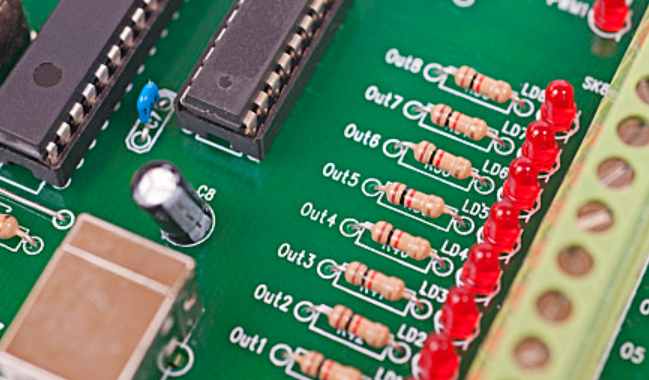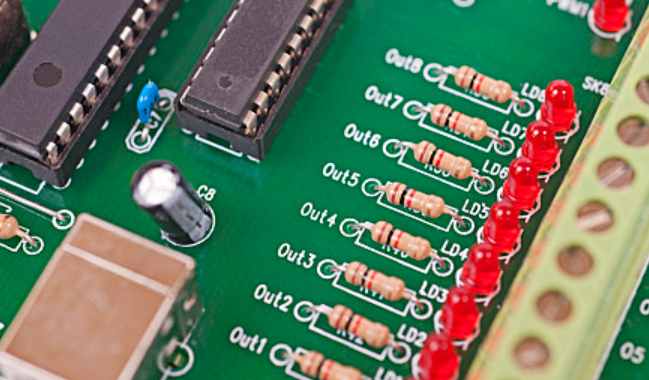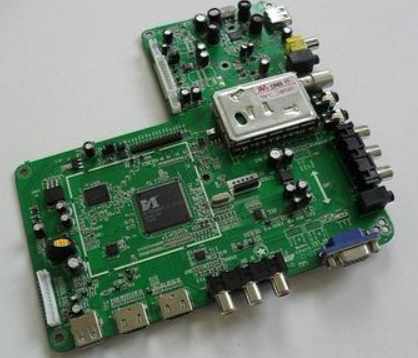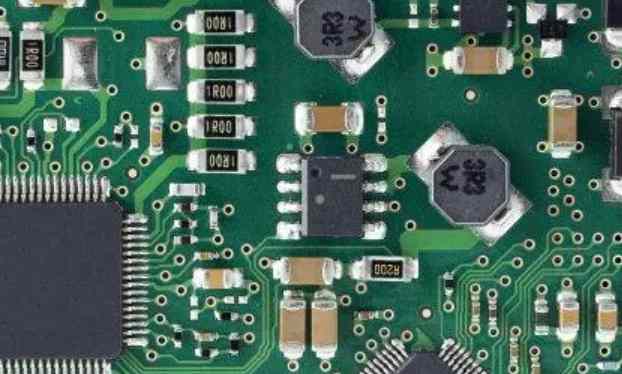
Compared with most designs, PCB board performance requirements, cost, manufacturing technology and system complexity and other key factors have many conflicting requirements, PCB board laminated design is generally considered in various aspects of the key factors after a compromise decision. High - speed digital circuits and radio - frequency circuits are generally multilayer design.
stratification
In a multilayer PCB board, there is usually a signal, power plane and ground plane. Generally speaking, the power plane and the ground plane are undivided solid planes. They will provide a good low-impedance current return path for signals that are in close proximity to each other.
Most of the signal layers are located between the power or ground reference plane layers, forming symmetrical or asymmetric strip lines. The top and bottom layers of multilayer PCB circuit boards are generally used to prevent components and a small amount of wiring. The wiring of such signals should not be too long, so as to reduce the direct radiation brought by the wiring.
Determine the single power reference plane
The use of decoupling capacitors is a crucial measure to deal with the integrity of power supply. Decoupling capacitors can only be stored at the top and bottom layers of the PCB.
The routing, pad and hole of the decoupling capacitor will seriously affect the effect of the decoupling capacitor. Therefore, in the design, the wiring connecting the decoupling capacitor must be fully considered, which should be as short and wide as possible, and the wire connecting to the hole should also be as short as possible.
Determine the multi-power reference plane
The multi-power reference plane will be divided into several solid regions with different voltages. If the signal layer is adjacent to the multiple power layers, the signal current on the nearby signal layer may encounter an unsatisfactory return path, resulting in gaps in the return path.
Compared with high-speed digital signals, these unreasonable return path design may cause serious problems, so high-speed digital signal wiring needs to be far away from the multi-power reference plane.
Determine multiple ground reference planes
Many ground reference planes can create one of the good low-impedance current return paths, which can greatly reduce common mode EMI.
The ground plane and the power plane need to be tightly coupled, and the signal layer needs to be tightly coupled to the adjacent reference plane. The thickness of the medium between layers is reduced to facilitate this purpose.
Rational design of wiring combination
The two levels across which a signal path crosses is a wiring combination. The best cabling combination design is to avoid flow of return current from one reference plane to another when possible. Instead, it is saved from one point (face) to another point (face) on one kind of reference plane.
In order to realize complex wiring, interlayer switching is inevitable. When transitioning between signal layers, ensure that the return current can flow smoothly from one reference plane to the other.
Work flow:
1. Vacuum through nitrogen
2, the cylinder drops to the specified position to start heating
3. Heat the glass to 580℃ through the infrared heating tube
4. Apply slight pressure through the cylinder to make the glass plastic
5. Wait for the glass to cool to 400℃ for type preservation
6, cylinder back to the top (initial point)
7, through nitrogen to cool to room temperature
PCB design for X-ray dose detection
This circuit board can measure the X-ray dose of a point, which can be remeasured by software reset

1. Power supply, 24V 1A DC power supply
2, MCU, stm32F103C8T6
3, communication protocol, 485 communication 9600 baud rate
4. Various operations can be controlled through instructions
Product principle
1. Layout instructions:
There is a "litter box" inside the litter shed (which can be removed by opening the rear panel of the device), a weighing sensor under the litter box, a poop scooper mechanism at the rear of the shed, and an automatic refill funnel at the top. Cats enter the litter house through a "small hallway" into the litter box. Below the small corridor is a "stool box" for excrement. Shanghai Maomao Planet Intelligent Technology Co., LTD
2. The process of cleaning the cat's toilet with the equipment:
Normally, the cat gets into the litter house, passes through the small hallway, enters the litter box to go to the bathroom, and then exits the litter house through the small hallway. After the cat leaves for n minutes, the pooping mechanism starts and runs once (moving from the "initial position" to the "final position", pausing for n seconds, then returning to the "initial position"), pushing the excrement into the litter box.
3. Sand repair process:
When the device detects that there is insufficient cat litter in the litter box by weight, the poop scooping mechanism moves from the "initial position" to the "filling point" (the same motor is used for filling and scooping feces), opens the opening at the bottom of the filling funnel for n seconds, and the replenishing Kitty litter in the funnel adds Kitty litter to the litter box due to gravity. After N seconds, the shovel mechanism returns to its "initial position" and the opening at the bottom of the sand filling funnel closes due to spring force.
4. Monitoring items:
Every time the cat goes to the toilet, the litter box should measure the weight of the cat, the weight of the cat's excrement, the duration of the cat's going to the toilet, and record the time point of going to the toilet (the time point of entering the device), and transmit the data to the background. Users will use a mobile APP to interact with the device and the data.









